Walking Words: Bristol Beacon to Colston Statue Plinth
room 7 ECHOES
Location: Bristol, City Of Bristol, England, United Kingdom
Bristol Beacon Past and Present / The Colston Statue and its history. Poets Pauline Sewards, Lisa Lopresti and Deasy Bamford
Bristol Beacon The hall first opened as a concert venue in 1867, and was called Colston Hall as it was built on the site of Colston School named after Edward Colston an English merchant, slave trader, philanthropist, and Tory Member of Parliament. The name was changed in 2020 to become more welcoming and inclusive. The hall became a popular place for classical music and theatre. In the mid-20th century, wrestling matches were in strong demand, while in the late 1960s it developed into one of the most important rock music venues in Britain.
‘Hey! You Cats! I’m coming back’ From the UK Tour advert in March 1959 when the fabulous Louis Armstrong, in great form, played to a sold out Colston Hall in Bristol. It was reported he said ‘You sure are a jumping audience’ and in his dressing room Louis ate his lunch in his underwear. Beacon Hall was one of the most important rock music venues in Britain, hosting acts like The Beatles, Jimi Hendrix, The Rolling Stones, David Bowie, Elton John, Led Zeppelin and Pink Floyd. Its recent refurbishment, the first phase of Bristol Beacon's renewal in 2009 involved constructing the £20 million foyer space. Now remodelling the main hall to increase standing capacity by 15 per cent, transforming The Lantern facility area within the Hall into a versatile performance venue and opening up the extensive cellars for the first time in 150 years – creating a new performance space to be completed in 2023.
Edward Colston The statue of Edward Colston is a bronze statue of Bristol-born merchant and trans-Atlantic slave trader, Edward Colston (1636–1721). It was created in 1895 by the Irish sculptor John Cassidy and was formerly erected on a plinth of Portland stone in a public park known as "The Centre", until it was toppled by anti-racism protestors in 2020.
Designated a Grade II listed structure in 1977, the statue has nonetheless been the subject of controversy due to Colston's fortunes at least partially made from his involvement in organising the Atlantic slave trade, as a senior executive of the Royal African Company. The statue was erected to commemorate his reputation in Bristol as a philanthropist. From the 1990s onward the debate on the morality of glorifying Colston intensified. In 2018, a Bristol City Council project to add a second plaque to better contextualise the statue and summarise Colston's role in the slave trade resulted in an agreed wording and a cast plaque ready for installation. Its installation was vetoed in March 2019 by Bristol's mayor, Marvin Rees, who promised a rewording of the plaque which never materialised.(wikipedia)
The Echoes
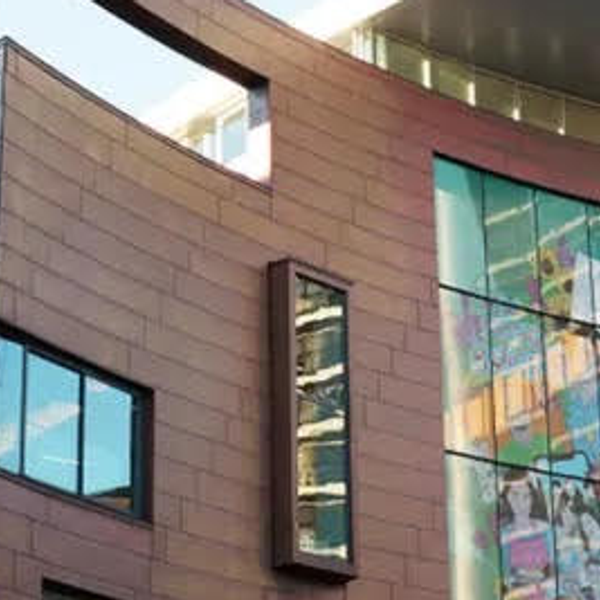
Hey you Cats
Lisa Lopresti
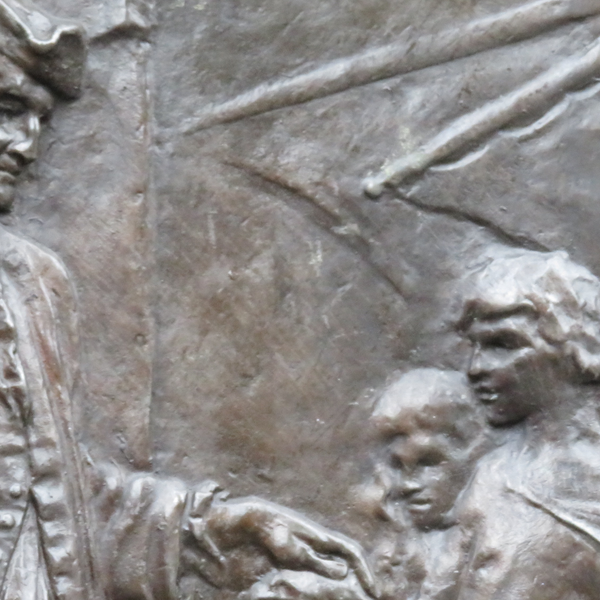
Fallen Idol
Deasy Bamford
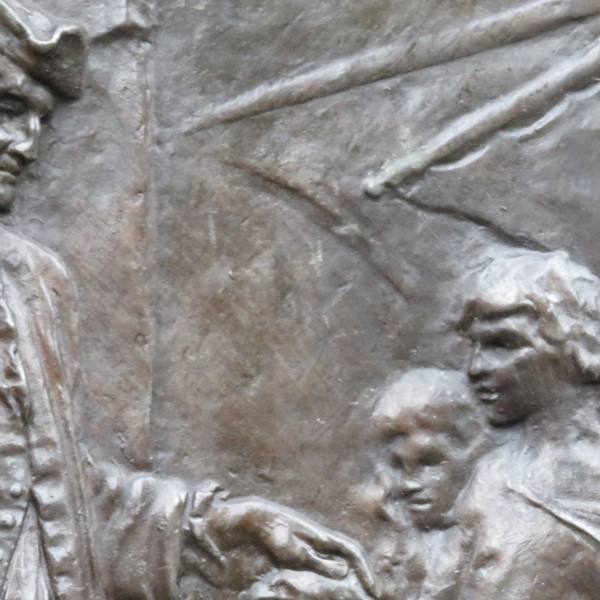
A Slaver's Shanty
Deasy Bamford
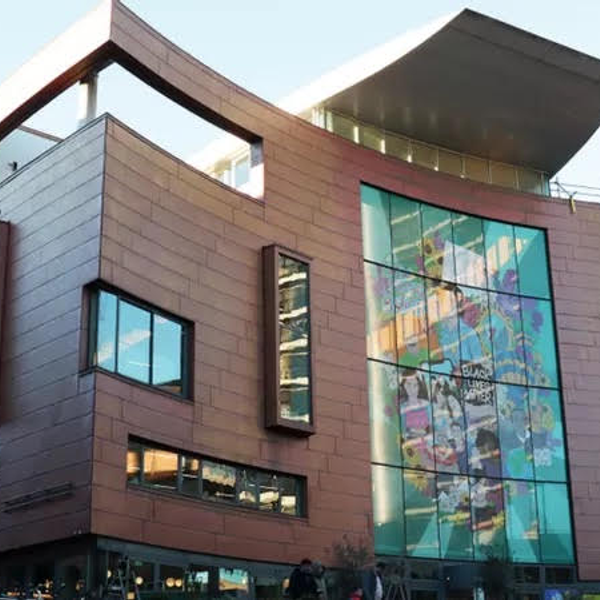
Mezzanie
Poem by Pauline Sewards
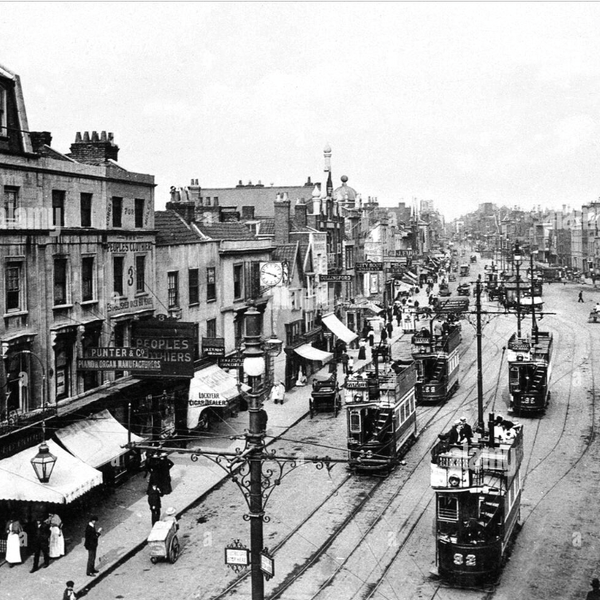
Beacon to the Centre
Poem by Pauline Sewards
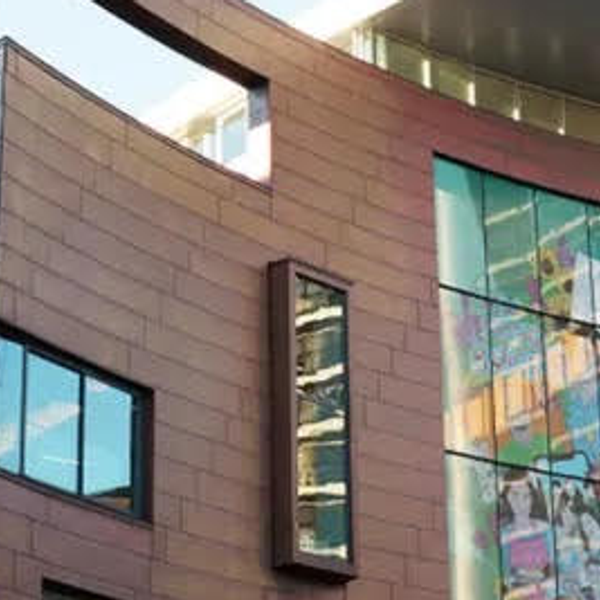
Bristol Fashion Phoenix
Poem by Lisa Lopresti

Calm Place
Background music-Calm Place by Finval
Discover more geolocated content in our apps.
Or start creating tours, treasure hunts, POI maps... Just let your imagination guide you.